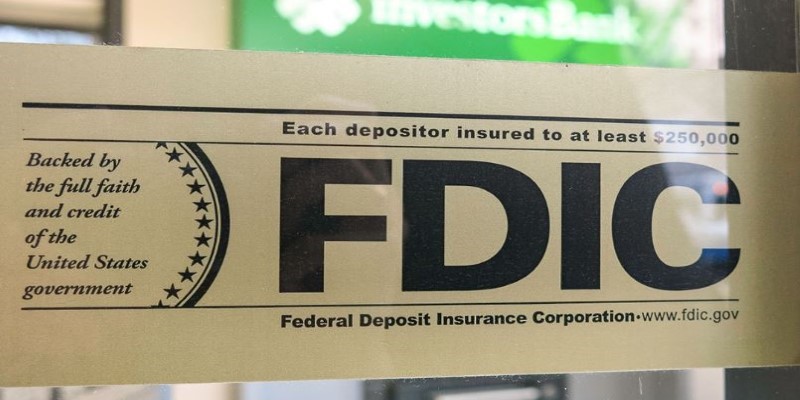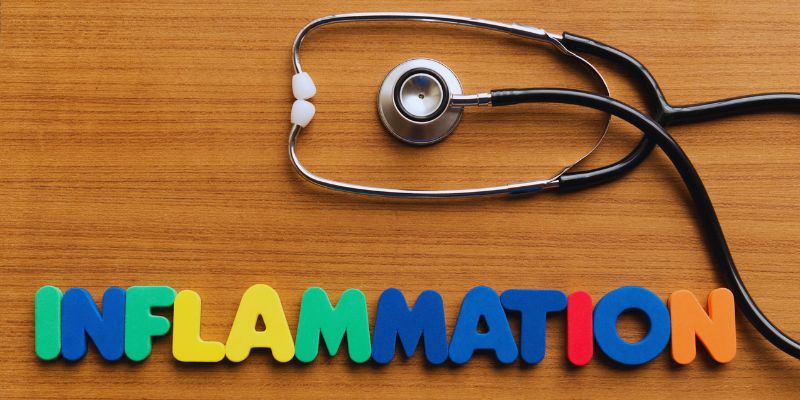Understanding the Warning Signs of Gallbladder Problems: What You Need to Know
A little organ called the gallbladder stores bile, a chemical that aids in fat breakdown. Starting to malfunction could result in a range of problems. Early recognition of gallbladder warning symptoms will help to avoid complications. Common and rather painful are gallbladder problems like gallstones or inflammation. One should be alert for signs including nausea, bloating, or pain.
These symptoms can indicate something more major that calls for medical attention. The typical warning symptoms of gallbladder issues will be discussed in this article, together with some actions you may do to help. Early identification of symptoms might lower your risk of serious medical problems and enhance your general quality of life.

Warning Signs Of Gallbladder Problems:
Gallbladder issues usually present minor symptoms first but can progress gradually and become severe. Early recognition of these warning indicators will help avoid difficulties. Some typical signs that might point to a gallbladder problem are below.
Pain in the Upper Abdomen
Upper abdominal pain is among the most obvious indicators of gallbladder issues. This ache is often felt on the right side—just below the ribs. It might come and go and be either sharp or dull. Blockages in the bile ducts can result from gallstones' hardened bile accumulations. A gallbladder attack is the extreme agony this causes. The discomfort may worsen, especially after eating fatty foods, lasting several minutes or hours. Sometimes, the pain radiates to the shoulder blades or the back. See a healthcare professional if you have persistent or worse stomach aches. Early action helps to avoid problems, including infections or surgical procedures.
Nausea and Vomiting
Common complaints linked with gallbladder problems are nausea and vomiting, especially following a heavy or fatty meal. The digestive process may be disturbed when the gallbladder struggles to release bile effectively. Often, this results in nausea, which could be accompanied by vomiting. This mix of symptoms can be especially upsetting and make eating challenging. You should pay attention if nausea and vomiting strike often or following the consumption of particular kinds of food. These symptoms might point to inflammation, a gallbladder infection, or gallstones. To find the fundamental cause and get appropriate treatment, one should immediately seek medical help.

Bloating and Indigestion
Other symptoms suggesting gallbladder issues are indigestion and bloating. You can feel uncomfortably full, gassed, or bloated following meals. That happens because one of the main functions of the gallbladder is to break down lipids, which your body finds challenging. Inappropriate secretion of bile resulting from a malfunctioning gallbladder causes poor digestion. Uncomfiture, including bloating, gas, and indigestion, could follow. If these symptoms last or worsen over time, they could indicate gallbladder problems like inflammation or gallstone development. Medical counsel will help reduce your suffering and avoid more serious issues.
Jaundice (the Yellowing of the Skin and Eyes)
A more severe indication of gallbladder issues, jaundice results from bile accumulating in the bloodstream. The skin and the whites of the eyes may so turn yellow. Usually, jaundice results from a gallstone obstructing the bile ducts, limiting appropriate bile discharge into the digestive tract. The bile thus gathers in the liver and leaks into the bloodstream, causing the skin and eyes to yellow. If you experience these symptoms, you must right away contact a doctor. Jaundice may indicate a more serious condition that calls for quick care.
Fever and Chills
Including gallbladder-related diseases, fever, and chills are commonly linked with bodily illnesses. An inflammation or infection of the gallbladder can produce systemic symptoms like fever and chills. If you have a fever with any other warning indicators, this could point to a gallbladder infection—cholecystitis. This disorder calls for medical care right now. Untreated infections can proliferate and have more serious consequences, including sepsis. See a doctor immediately if you have a mild fever, chills, or stomach discomfort.
Dark Urine and Pale Stool
Variations in your stool and urine color can point to gallbladder issues. Usually handled in the liver, bile pigments can cause dark urine when they enter the bloodstream and are filtered by the kidneys. Urine that seems darker than usual follows from this. Likewise, pale stools could suggest inadequate release of bile into the intestines. A gallbladder issue and an obstruction in the bile ducts can cause this. These symptoms should not be disregarded since they could be warning indicators of major diseases, including gallstones or bile duct obstruction. See a doctor right away if your stool or urine changes in color.
Chronic Digestive Issues
Underlying gallbladder difficulties could be chronic digestive problems, including frequent indigestion, bloating, or improper breakdown of fatty foods. By holding bile and releasing it when needed to break down lipids, the gallbladder is crucial for digestion. If the gallbladder malfunctions, the digestive process may be upset, resulting in long-term digestive issues. These problems might aggravate over time and compromise your general health. If you often complain about your digestion, you should ask yourself whether your gallbladder might be the cause. Effective identification of the underlying cause and control of symptoms depend on seeking medical direction.
Conclusion
Early recognition of the warning indicators of gallbladder issues will help to avoid major medical difficulties. Never overlook symptoms like digestive problems, jaundice, nausea, and stomach ache. Gallbladder issues can get worse if neglected and call for medical attention. Better health results and efficient treatment can follow from paying close attention to your body's signals and getting quick medical guidance. See a doctor for a precise diagnosis if you have ongoing symptoms. Being proactive helps you keep your gallbladder health and general well-being intact. Avoiding major difficulties and guaranteeing a healthy digestive system depend on early discovery.












